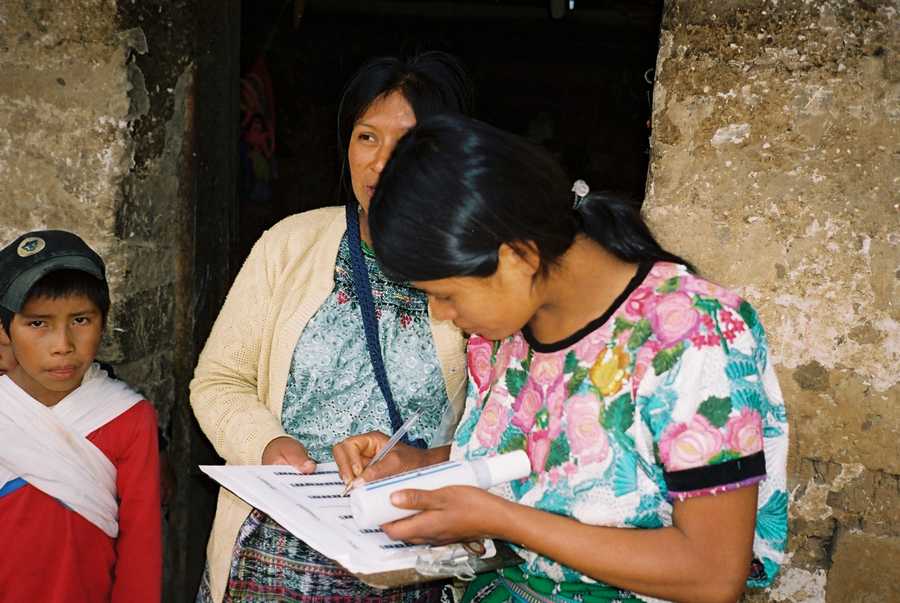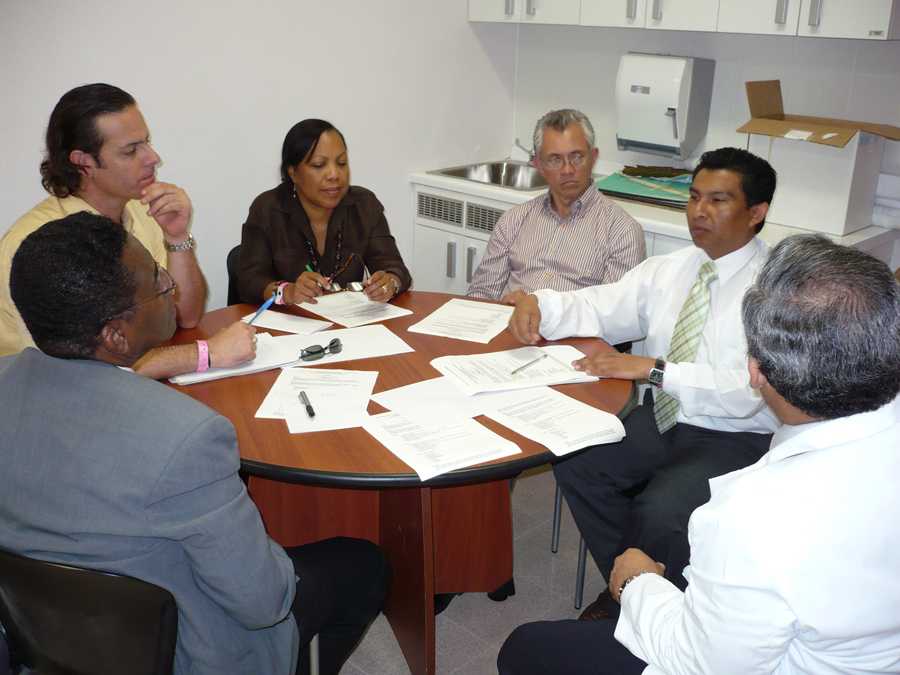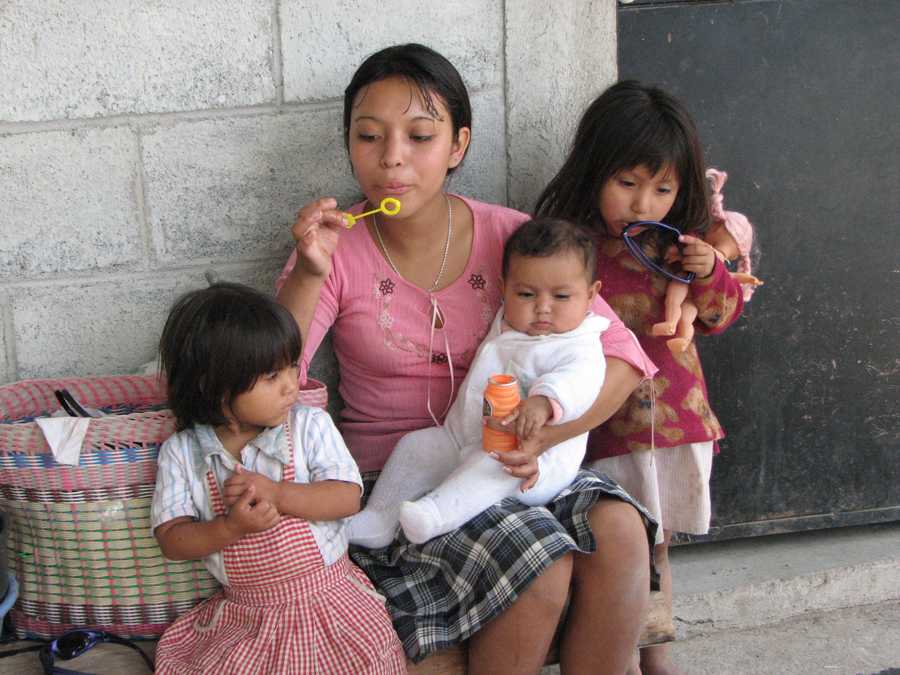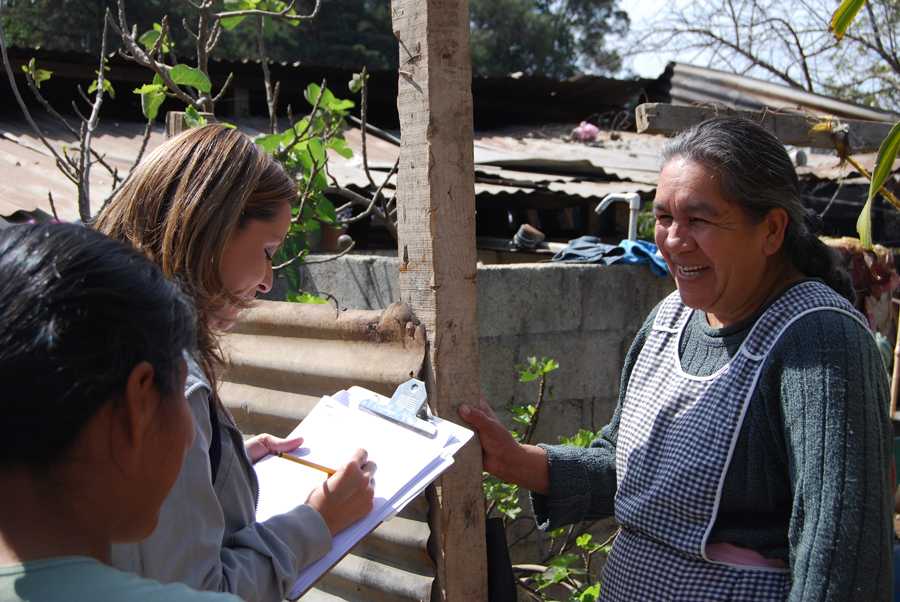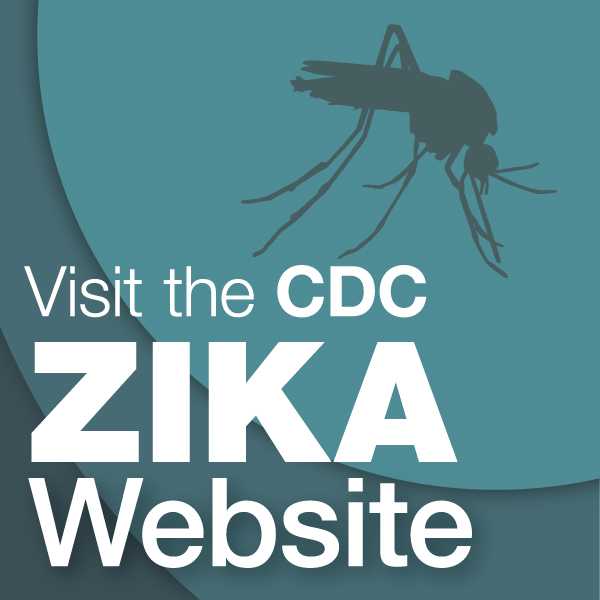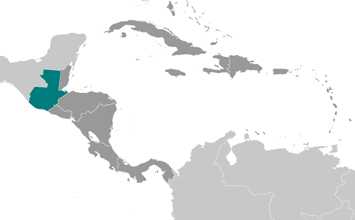
CDC established the Central America Regional Office in Guatemala in 2005. It grew out of a field station created in El Salvador in the 1960s. This evolution required a shift from functioning in a single country with a focus on entomology and parasitology to a regional office that works in eight countries and aims to strengthen capacity to detect, prevent, and control disease and respond to public health threats.
Download Overview Fact Sheet
 Staff
Staff
CDC office (physical presence)
10 U.S. Assignees
17 Locally Employed
 Guatemala at a Glance
Guatemala at a Glance
Population: 14,740,000
Per capita income: $4,570
Life expectancy at birth women/men: 74/67 yrs
Infant mortality rate: 30/1000 live births
Source: Population Reference Bureau World Population Data Sheet, 2011
 Top 10 Causes of Death
Top 10 Causes of Death
- Lower Respiratory Infections 14%
- Interpersonal Violence 11%
- Cancer 11%
- Ischemic Heart Disease 8%
- Diabetes 5%
- Stroke 4%
- Cirrhosis 4%
- Chronic Kidney Disease 2%
- HIV 2%
- Chronic Obstructive Pulmonary Disease 2%
Source: GBD Compare (http://viz.healthmetricsandevaluation.org/gbd-compare/), 2010
What CDC Is Doing
- Page last reviewed: November 25, 2013
- Page last updated: November 25, 2013
- Content source:
Global Health
Notice: Linking to a non-federal site does not constitute an endorsement by HHS, CDC or any of its employees of the sponsors or the information and products presented on the site.



 ShareCompartir
ShareCompartir

